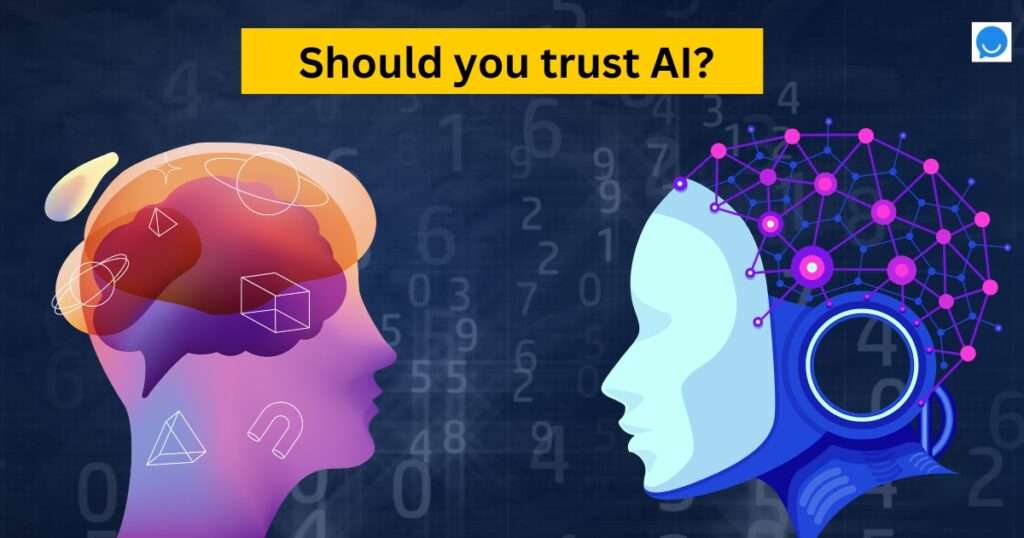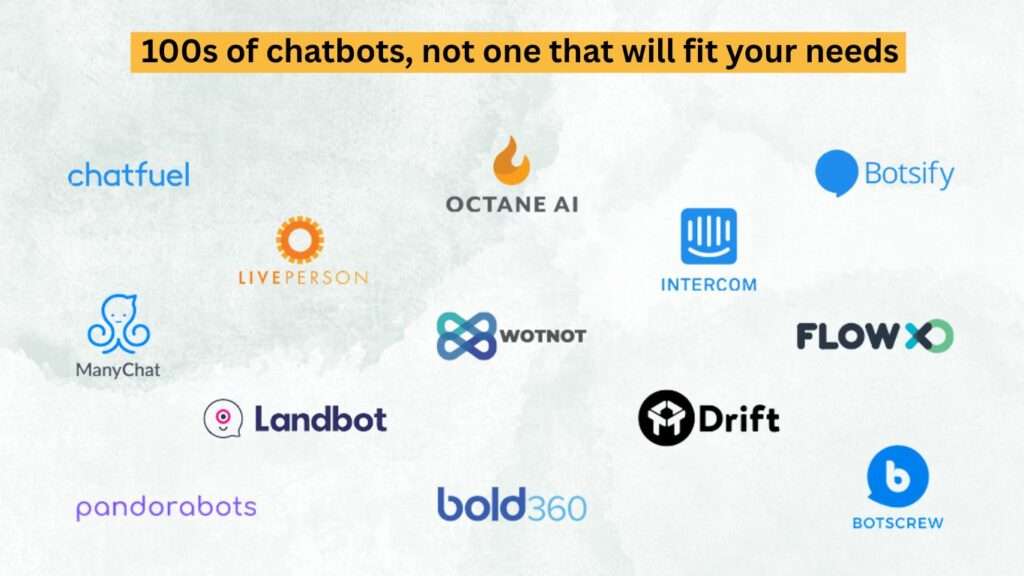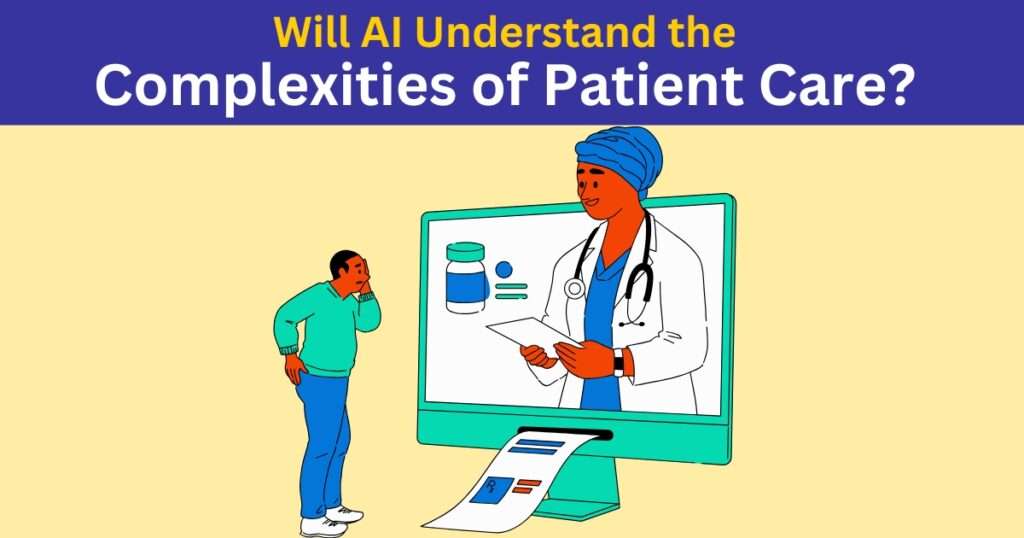Discover effective methods to minimize hallucinations in AI chatbots, ensuring accurate and reliable interactions for users.
Have you ever had a conversation with an AI chatbot that left you scratching your head? You know, those moments when you ask a simple question, and instead of a straightforward answer, you get a response that seems to come from another dimension? That is what hallucination is.

Definition of Hallucinations
In simple terms, a hallucination in AI chatbots is when the bot provides a response that doesn’t quite match up with reality. Not exactly what you were expecting, right?
Factors Contributing to Hallucinations
Now, why do these hallucinations happen in the first place? Well, there are a few reasons. One big factor is the lack of deterministic answers. In other words, sometimes the bot just can’t seem to make up its mind about what to say.
Then there’s semantic ambiguity. That’s just a fancy way of saying that sometimes words have multiple meanings, and the bot might get a bit confused. It’s like trying to solve a riddle with no clear answer—it can leave you scratching your head.
And let’s not forget about the imperfect data sources that bots rely on. Just like you wouldn’t trust a map that’s missing half the streets, bots can struggle when they don’t have all the information they need.
So, there you have it—the lowdown on hallucinations in AI chatbots. It’s a wild world out there, but with a little understanding and a whole lot of tinkering, we can help bots stay grounded in reality.
Challenges in Addressing Hallucinations
Now that we’ve got a handle on what hallucinations are in the world of AI chatbots, let’s talk about why they’re such a tough nut to crack.
Discussion on Complexities
Tackling hallucinations in AI chatbots is like trying to untangle a knot of spaghetti—it’s messy and complicated. One big challenge is that bots have to navigate through a sea of information to find the right answer. But with so much data out there, it’s easy for them to get lost in the sauce.
Another hurdle is the ever-changing nature of language. Just like slang and jargon can throw off a conversation, they can also trip up a bot trying to understand what you’re saying.
And let’s not forget about the limitations of technology itself. As advanced as AI chatbots are, they’re still far from perfect. Sometimes they just can’t seem to wrap their virtual heads around certain concepts, leaving users scratching their real heads in confusion.
Impact on User Experience and Trust
So, what’s the big deal about hallucinations anyway? Well, for starters, they can seriously mess with the user experience. Imagine asking for directions and getting a list of nonsensical landmarks—it’s frustrating and can leave you feeling like you’re talking to a brick wall.
But perhaps even more concerning is the impact on trust. If users can’t rely on a bot to give them accurate information, they’re less likely to trust it in the future. And in a world where AI is becoming increasingly intertwined with our daily lives, that’s a problem.
Need for Innovative Approaches
Given the complexity of the issue, it’s clear that we need some fresh thinking to tackle hallucinations in AI chatbots. We can’t just rely on old tricks—we need new ideas and innovative approaches to minimize these occurrences.
Whether it’s improving the algorithms that power bots, refining the way they process language, or finding better ways to filter through data, there’s no shortage of possibilities. It’s all about thinking outside the box and pushing the boundaries of what’s possible.
So, while addressing hallucinations in AI chatbots may be no small feat, it’s a challenge worth taking on. With the right mix of creativity, determination, and maybe a pinch of magic, we can help bots become the reliable companions we’ve always dreamed of.
So how do we reduce hallucinations?
Fixing chatbot mistakes isn’t as simple as pressing the “undo” button. Developers face all sorts of challenges, from sorting this messy data to teaching chatbots to understand the nuances of human language. With a little patience, we can help chatbots become the reliable digital companions we’ve always dreamed of. So, let’s first understand what is hallucinations and then fid ways to reduce it.
If you are struggling to create an AI chatbot that doesn’t hallucinate, you can even use the existing services out there. Beyondchats is an AI chatbot company that offers AI chatbots that 99% accurate answers and on top of that they offer 15-day free trial. Why waste your team’s time in building something that is already there.
Strategies for Hallucination Reduction
Re-running Responses in JSON Format
Ever heard of re-running responses in JSON format? It’s like giving the bot a set of rules to follow, kind of like a GPS with a map. By enforcing determinism, we can help ensure that the bot sticks to the script and provides consistent answers. But like anything, there are pros and cons to this approach. While it can help reduce hallucinations by making responses more predictable, it can also limit the bot’s flexibility and creativity.
Conversion of Vector DB Content into Q&A Pairs
Another trick is converting content into Q&A pairs. It’s like giving the bot a cheat sheet to refer to when it gets stuck. By organizing information in a question-and-answer format, we can improve response accuracy and help the bot better understand what users are asking. But there’s a catch—question generation constraints can limit the accuracy of this approach. After all, you can only get answers to questions you ask.
Retrieval-Augmented Generation (RAG)
Now, here’s where things get really interesting. Ever heard of Retrieval-Augmented Generation, or RAG for short? It’s like giving the bot a supercharged search engine to help it find the right answers. RAG is basically using a vector DB which uses semantic similarity to fetch the documents most relevant to the questions. Now Vector DB has a specific dataset to get the answer from. Now chatgpt get these documents and has to figure out the answer from the vector DB.
By tapping into existing databases, RAG can enhance responses and provide users with more accurate information. But, as with any tool, there are pros and cons. While RAG can be a game-changer in reducing hallucinations, it relies heavily on the quality of the data it’s pulling from. So, if the database is lacking, the answers might be too.
Prompting
Last but not least, we have prompts that should also ask for the answer justification. It’s like asking the bot to show its work, just like in math class. By encouraging the bot to provide reasoning behind its answers, we can help reduce hallucinations and build trust with users. And by integrating justification prompting into chatbot interactions, we can make it a seamless part of the conversation.
So, there you have it—some clever strategies for reducing hallucinations in AI chatbots. With a little creativity and a whole lot of determination, we can help bots become the reliable companions we’ve always dreamed of.
Combining Techniques for Optimal Hallucination Reduction
Now that we’ve explored some individual strategies for reducing hallucinations in AI chatbots, let’s talk about how we can combine them to create a powerhouse solution.
Make Techniques for Specific Use Cases
One size doesn’t fit all when it comes to tackling hallucinations in AI chatbots. By understanding the unique challenges of each use case, we can choose the right combination of techniques to address them effectively.
Example of how we can use these techniques to reduce hallucinations
Let’s paint a picture with some examples. Imagine you’re developing a chatbot for customer service. By combining re-running responses in JSON format to enforce consistency, with retrieval-augmented generation to enhance responses with relevant information from a knowledge base, you can create a chatbot that provides accurate and reliable support to users.
Or, consider a chatbot designed to provide medical information. By using conversion of Vector DB content into Q&A pairs to organize complex medical data, along with prompting for justification to ensure the bot’s responses are backed by sound reasoning, you can build a chatbot that users can trust to provide accurate and helpful information about their health.
In both cases, the key is to use techniques to the specific needs of the use case and combine them strategically to create a robust hallucination reduction strategy.
So, there you have it—by using techniques to specific use cases, combining multiple strategies, and illustrating their effectiveness with real-world examples, we can create AI chatbots that are reliable, trustworthy, and ready to tackle any challenge.
Reducing hallucinations in AI chatbots isn’t just about improving user experience—it’s about building trust in technology. By implementing strategies like re-running responses in JSON format, leveraging retrieval-augmented generation, and prompting for justification, we can create chatbots that users can rely on for accurate and helpful information. It’s time for developers and researchers to take action and implement these techniques to enhance AI chatbot reliability and user satisfaction. Together, we can pave the way for a future where chatbots are trusted companions in our digital journeys.





